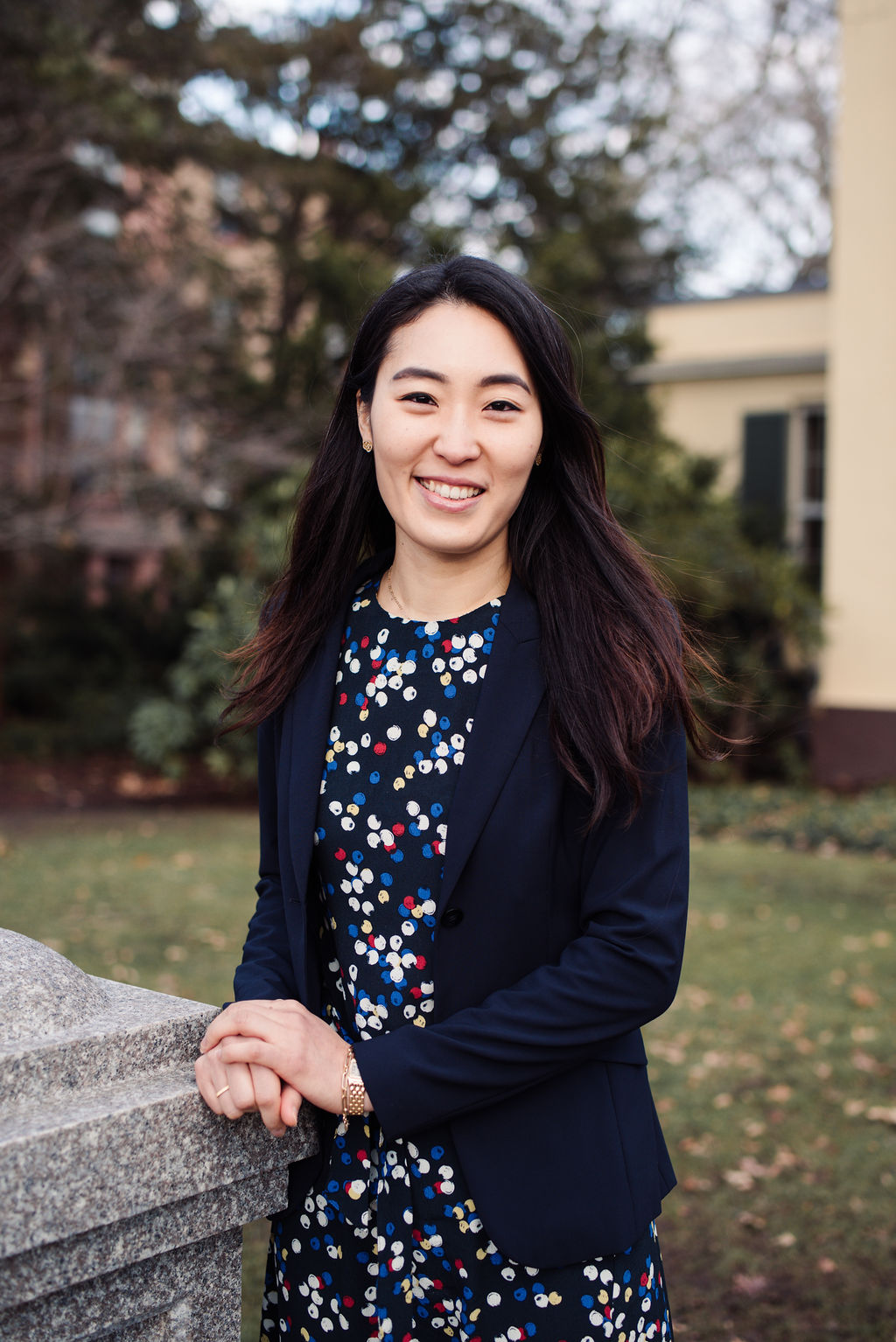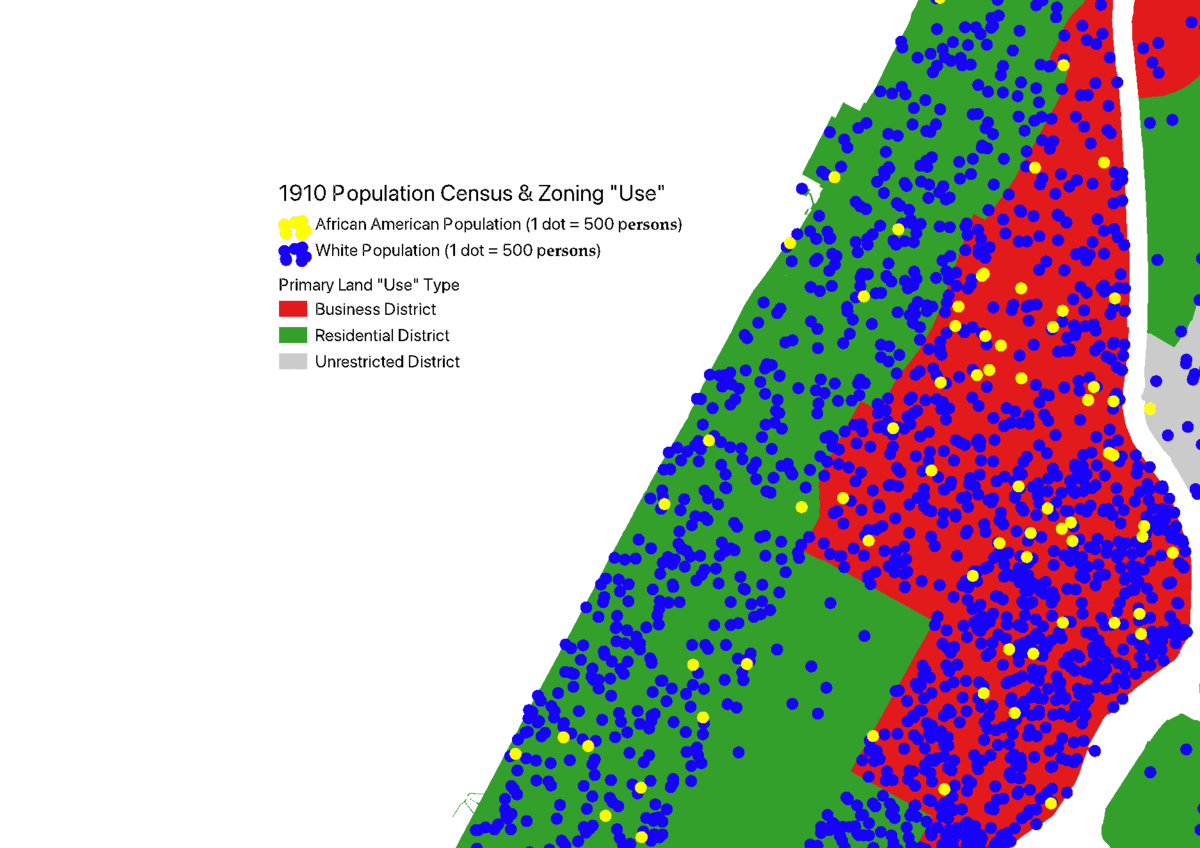Sun Kyoung Lee uses data to trace the roots of urban segregation

EGC Affiliate Spotlight: Sun Kyoung Lee
by Vestal McIntyre
June 9, 2022

American cities today are often heavily segregated along racial and economic lines, a fact sadly obvious to anyone who has traveled past the neglected housing projects of the Bronx toward the gleaming towers of Manhattan. What may be more surprising is that American cities including New York are more segregated today than they were in the year 1900.
Economic stratification between racially isolated neighborhoods matters: it holds back members of minorities from jobs and other economic opportunities, exposes them to pollution, and often relegates their children to lower-quality school districts, leading to systematic (and often generational) inequalities that increase over time. Social scientists seeking to understand the origins and effects of segregation have argued that some government policies have made it worse, rather than better. Redlining, for example – a system of federal guidelines from the 1930s that excluded Black-majority neighborhoods from federal homeownership and lending programs – has been shown to have had detrimental and lasting effects on the economic prospects of African Americans.
However, the policy origins of urban segregation go back even further, according to economist Sun Kyoung Lee, who has completed an ambitious research project during a Postdoctoral Fellowship at EGC. In a working paper, Lee combines a new panel dataset derived from historical US federal population censuses from the Ancestry.com website with newly digitized real-estate sales transaction records to show that the construction of the New York City subway system, which broke ground in 1904, combined with zoning laws – the nation’s first land-use policies enacted a short time later – to swiftly segregate neighborhoods.
Divisions that took only two decades to create have lasted over a century, with severe economic consequences for African Americans. The paper, which has just been awarded Best Paper Award by a Junior Scholar by the American Real Estate and Urban Economics Association (AREUEA), is part of Lee’s larger agenda to understand the links between policy and inequality at the neighborhood level.
In 1916, New York implemented the nation’s first zoning policies, regulating which locations could be used for single-family housing and which for factories and multi-family dwellings. Together, subways and zoning created the potential for movement between the city’s center and periphery, but also created economic barriers which induced a geographical sorting of households by income and race.
Lee found that zoning laws put Black neighborhoods at a marked disadvantage. The only statistically significant predictors that a neighborhood would be zoned for business (i.e. factories) were its percentage of Black residents and socioeconomic status. This meant that African Americans would be isolated in neighborhoods where manufacturing and industrial activities were allowed. Regulations that allowed for more upscale housing in other neighborhoods further widened the gap.
Before subways and zoning, the portion of Harlem’s population that was African American was 7%. In 1920 that share was 50%, and by 1930 it was over 90%. The racial concentrations in New York neighborhoods were created quickly but endure to this day.

This process of isolation mattered for Black people’s lives: Lee’s data show these neighborhoods were characterized by concentrations of poverty, barriers of wealth formation, decreasing housing prices, and absence of upward mobility. Home ownership – an important way of accumulating wealth – decreased as the minority share of the neighborhood increased. According to data from 1930, in minority neighborhoods fewer than 5% of residents owned their homes, compared to the city average of 40%. A next step in Lee’s research is to explore a mystery she has uncovered in the data: that while housing sales prices plummeted in Black-majority neighborhoods, rental prices did not decrease as dramatically as usual market forces would predict.
Combining Lee’s findings with other research on the effects of segregation, it is apparent that the process of isolation likely had severe repercussions on quality of life: public service and utility provision is lower in minority neighborhoods and exposure to air pollution or hazardous materials is higher.
A caution for urban planners
Once New York City enacted zoning policies, many other cities in the US quickly followed suit. Likewise, today, cities in quickly developing countries around the world – such as China and Indonesia – are building subways and enacting zoning laws. “These are necessary tools, I think,” Lee said. “But what are the consequences that we may have overlooked so far?”
She suggests that to counteract unintended consequences, urban planners may enact inclusionary zoning, for example requiring developers to set aside a share of residential units for lower income brackets, or incentivizing the production of affordable housing in exchange for increases in allowable building heights. They may also rethink restrictive zoning and outdated land-use regulations such as single-family zoning that suppress housing supply.
More broadly, Lee’s findings show that land-use policies can be extremely “sticky”: what is enacted today may affect generations of people’s wealth and social mobility.
Lee says that over her 3-year fellowship, the Economics Department and EGC community provided time and space to develop her project – and also some very direct critiques. “Their advice always has put fire in my belly,” she said. “I could feel that they want me to do better.”
In Fall 2022 Lee will join the University of Michigan Institute for Social Research as a Research Assistant Professor. She plans to continue her research on how housing and policy interact with wealth inequality.